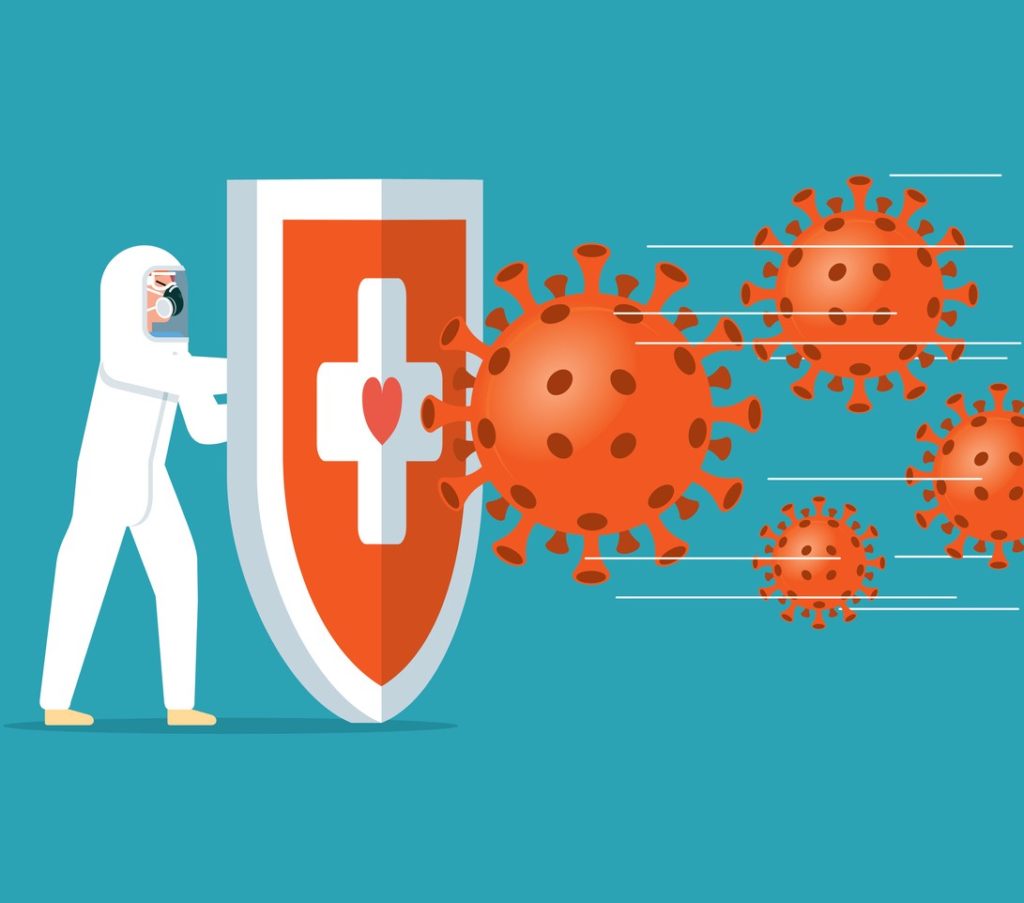V.T. Padmanabhan
With cases reported from over 100 countries, corona virus disease of 2019 (covid-19) is a pandemic now. The disease is caused by the virus called SARS-Cov-2, which is thought to have jumped from the flying mammal bats, sold at the illegal wildlife market inside the Huanan Seafood Wholesale Market in Wuhan, the capital city of Hubei Province in South Central China. However, the first two cases detected during the first week of December 2019 did not report any connection with the market. Wuhan, which has a population of 11 million, is a second tier high tech city of China, which has several universities and science institutions.
Due to the high infection rate, the city was locked out on 23 January 2020. Before that, about five million people had moved out to other provinces and countries. These people and the visitors from other places to Wuhan are thought to have spread the virus to other parts of the world.
The statistics of infection in Wuhan, Hubei-less-Wuhan and China-less-Hubei and for entire China are given in the table below. Attack rate is the number of people infected among a million population within the city or the province. Death rate shows the percentages of patients died.

As the table shows 47% of the patients are from Wuhan, 29% are from Hubei-less-Wuhan and 24% from the rest of China. When we look at the attack rate, 2228 per million people (or 2.2 per 1000) were affected in Wuhan, as against 317 in Hubei and 9 persons per million in China.
As of 8 March 2020, South Korea has reported 7134 cases and 50 deaths.
The death rate is 5.1% in Wuhan, 2.5% in Hubei and 0.6% in rest of China. The death rate in South Korea is 0.7% which is similar to China-less Hubei. Wuhan has 0.8% of China’s population, 47% of the cases and 73% of the coronavirus linked deaths in China.
There are about 1400 million people in China; every year some 10 million people die there. As of 8 March 2020, death of 3100 people has been linked to covi-19. During the sixty days these deaths have occurred, 1.6 million people have died due to natural causes in China. The deaths attributed to the virus are 0.12% of the total deaths during this period.
The following excerpts from the Report of the WHO-China Joint Mission on Coronavirus Disease 2019 (COVID-19) are reassuring:
- Approximately 80% of laboratory confirmed patients have had mild to moderate disease.
- Individuals at highest risk for severe disease and death include people aged over 60 years and those with underlying conditions such as hypertension, diabetes, cardiovascular disease, chronic respiratory disease and cancer.
- Disease in children appears to be relatively rare and mild with approximately 2.4% of the total reported cases amongst individuals aged less than 19 years.
- A very small proportion of those aged under 19 years have developed severe (2.5%) or critical disease.
- Mortality increases with age, with the highest mortality among people over 80 years of age.
- The median time from onset to clinical recovery for mild cases is approximately 2 weeks and is 3-6 weeks for patients with severe or critical disease. Among patients who have died, the time from symptom onset to outcome ranges from 2-8 weeks.
Kerala’s population is 35 million. Under the assumption of an attack rate of 100 and death rate of 1%, there will be 3500 infected persons, of whom 350 would be serious, requiring hospitalisation and 35 patients would die. If the attack rate and death rate is assumed to be 300 and 3%, about 10,000 people will be positive to the virus, and about 300 people would die.
In Kerala in 2018, 45000 people were injured in road accidents, 4300 of them died.
To conclude:
The virus is real, it was not manmade, and its transmissibility is very high in comparison to other disease causing viruses we know of. Every one of us must take precautions for not getting infected and infecting others. Having said this, let us realise that the virus is only a part of the story. As of 29 February 2020, 660,000 close contacts of the confirmed cases were placed under quarantine in China. The total confirmed cases so far are only about a tenth of this. Exposure to the virus is the underlying cause; but the disease develops only among the immune-challenged people.
(V.T. Padmanabhan is an epidemiologist.)




